Dairy Cattle
All Dairy Cattle Content
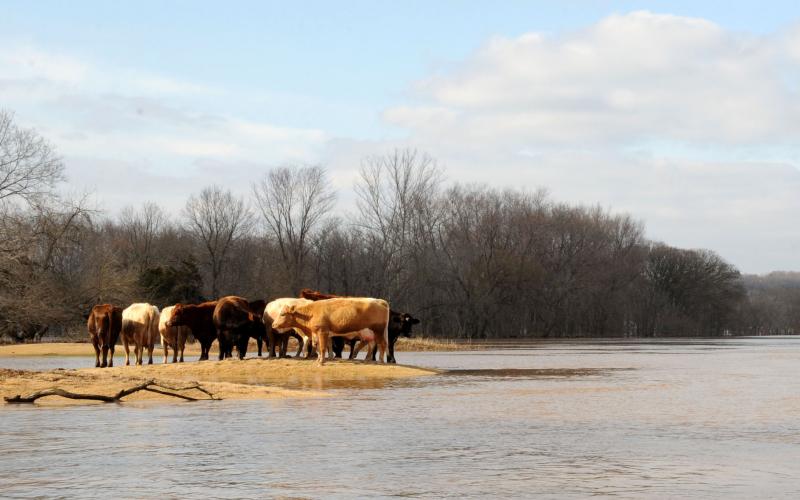
Preserving Your Ability To Care for Your Animals When Flooding Occurs
When winter snowfall begins to melt, severe spring flooding can be a real possibility. Of the people witnessing the rising water, livestock producers and other animal caretakers have perhaps the most daunting task.
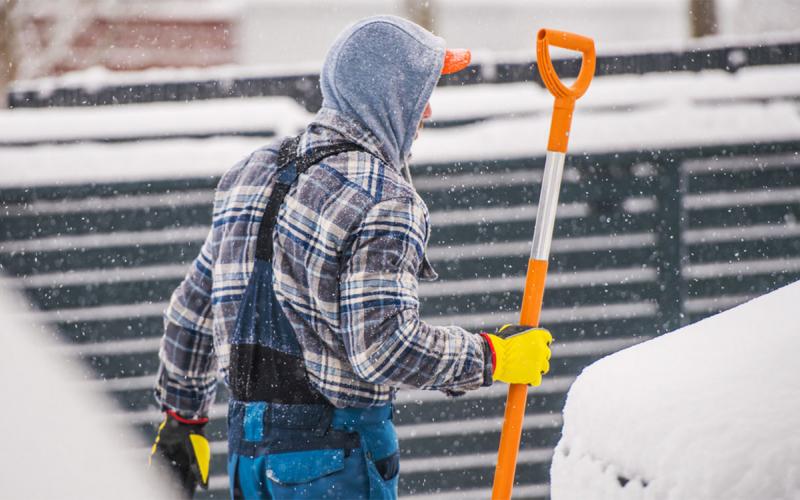
Consejos Básicos Para los Trabajadores de Lecherías de Cómo Afrontar el Invierno del Medio Oeste
Los inviernos fríos y nevados son un desafío para los trabajadores de las granjas lecheras, especialmente para aquellos inmigrantes que provienen de climas más cálidos donde las temperaturas raramente descienden a un solo dígito.

Colder Weather Tips for Midwestern Dairy Farm Employees
Cold and snowy winters are a challenge for dairy workers, especially for those immigrants coming from warmer climates. Informing workers of simple cold weather survival tips is beneficial in improving their quality of life, both at home and the workplace.
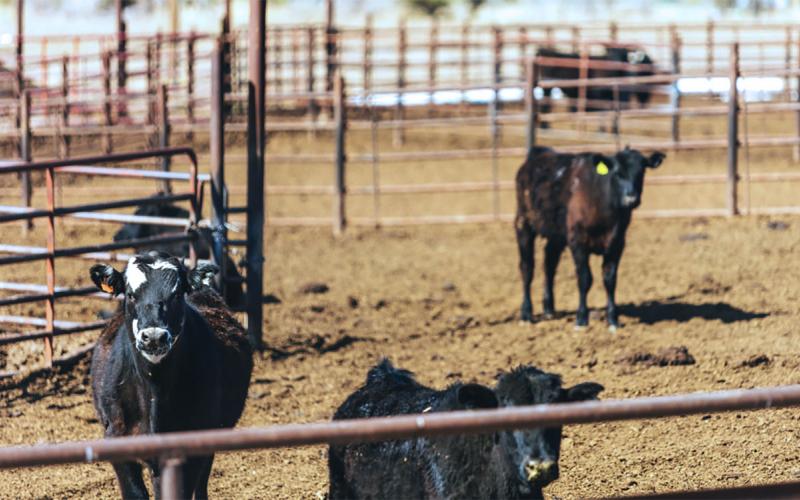
Cryptosporidiosis: A Potential Source of Illness in Calves and People Alike
Cryptosporidiosis is a pertinent example of a disease with zoonotic potential: one that can be passed from animals to people. Dairy and beef producers should consider the potential for Cryptosporidiosis to impact their animals, employees and family members.
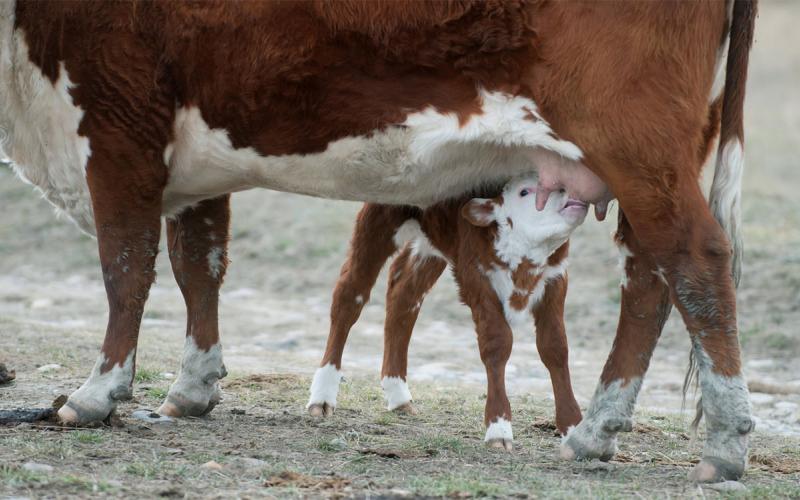
Updated Guidelines for Monitoring Colostrum Consumption and Antibody Transfer in Calves
Dairy and beef producers have long understood the importance of colostrum for the short- and long-term health of their calves. Calf health experts have determined the minimum level of serum protein to categorize a calf as having received sufficient colostrum.
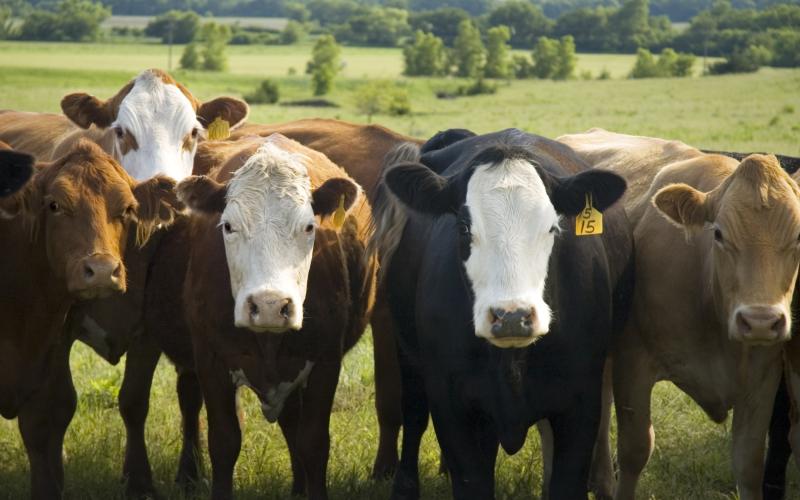
SDSU Extension Seeks Information About Cow Death Losses Across South Dakota
October 16, 2020
A group of SDSU Extension professionals and veterinarians is seeking information on beef cow death losses occurring now through calving season.
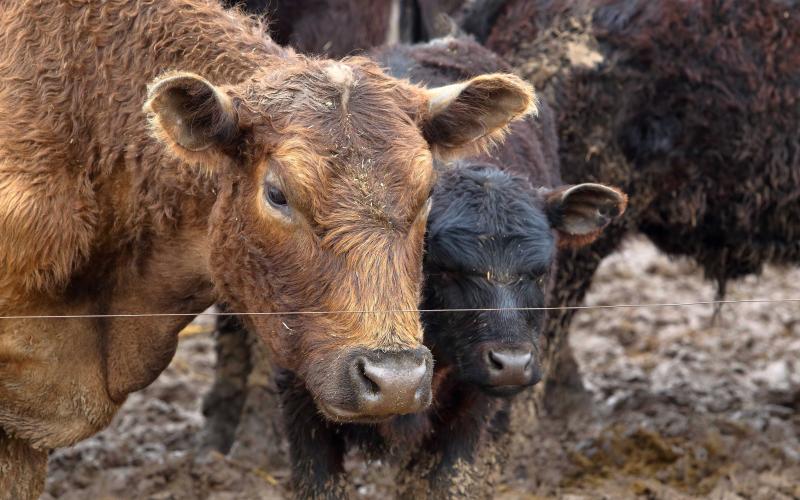
Notes From the ADRDL: Yersinia Infections in Beef Cattle
Of all the germs associated with cattle illnesses, a pathogen that’s not one of the usual suspects has been identified in several cases of cattle death losses in Eastern South Dakota.
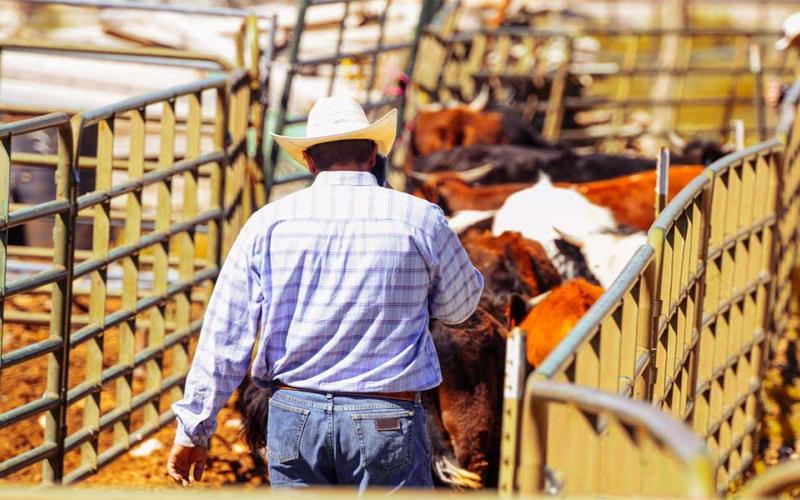
Mycoplasma Bovis in Feedlot Cattle: Treating and Controlling Infections
Mycoplasma bovis is a challenging component of respiratory disease in feedlot calves. Understanding the factors that help it become established is a good first step in formulating a plan with your veterinarian to help diminish its impact on health and productivity.
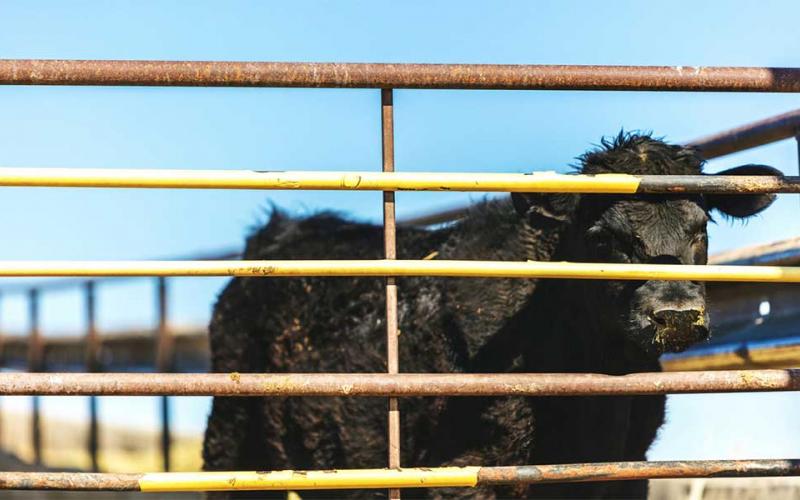
Mycoplasma Bovis in Feedlot Cattle: Why It’s Different and How It Causes Illness
Mycoplasma bovis is widely distributed throughout feedlot cattle populations. The insidious nature of Mycoplasma infections, and their ability to become well-established by the time they’re observed, create challenges for treatment and prevention.
COVID-19 and Livestock: Is there a connection?
When reports of the COVID-19 pandemic first hit the US, very few people had likely heard of coronaviruses—with some notable exceptions: cattle producers and their veterinarians.